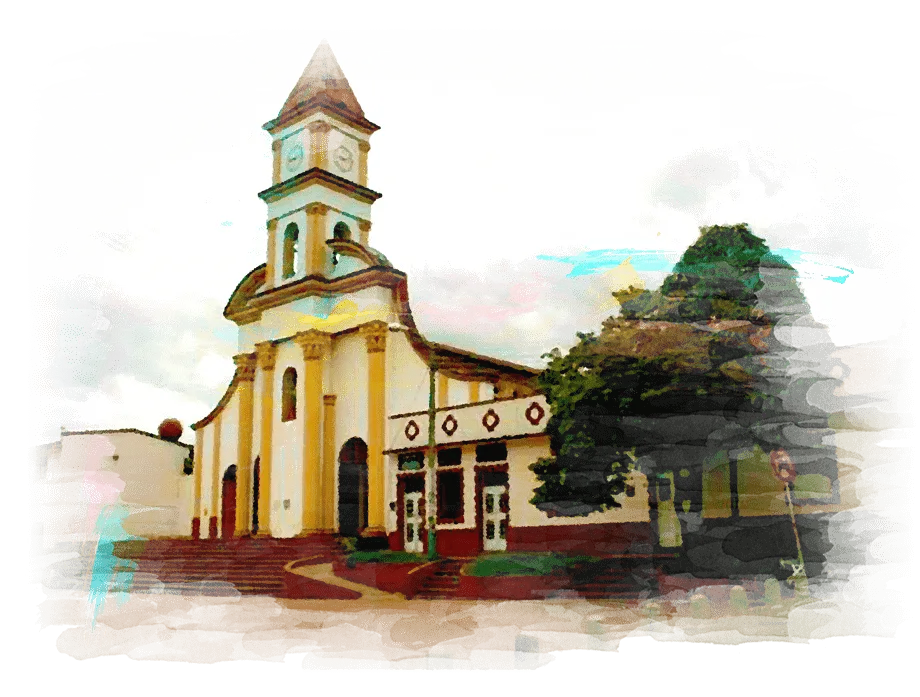

cacao gourmet
huila fino
Evaluation 4.5
SWEET FRUITY 3.5
CITRUS FRUITY 3.0
FLORAL 1.0
CREOLE 2.4
COCOA 4.0
WOODSY 0.0
SPICES 0.0
ANNUAL PRODUCTION (TM) 100
MAIN HARVEST DEC-MAR
MID HARVEST JUN-JUL
CREOLE BEANS 10%
FERMENTED BEANS 76%
VIOLET BEANS 12%
SLATE BEANS 12%
TOTAL 100%
Beans / 100g: 87
g./1 Bean: 1.15 g
CERTIFIED NO
AWARDS YES
Physical and Organoleptic Characteristics
Sabores Positivos
Tangerine
Nuts • Caramel • Sweetness
Cocoa
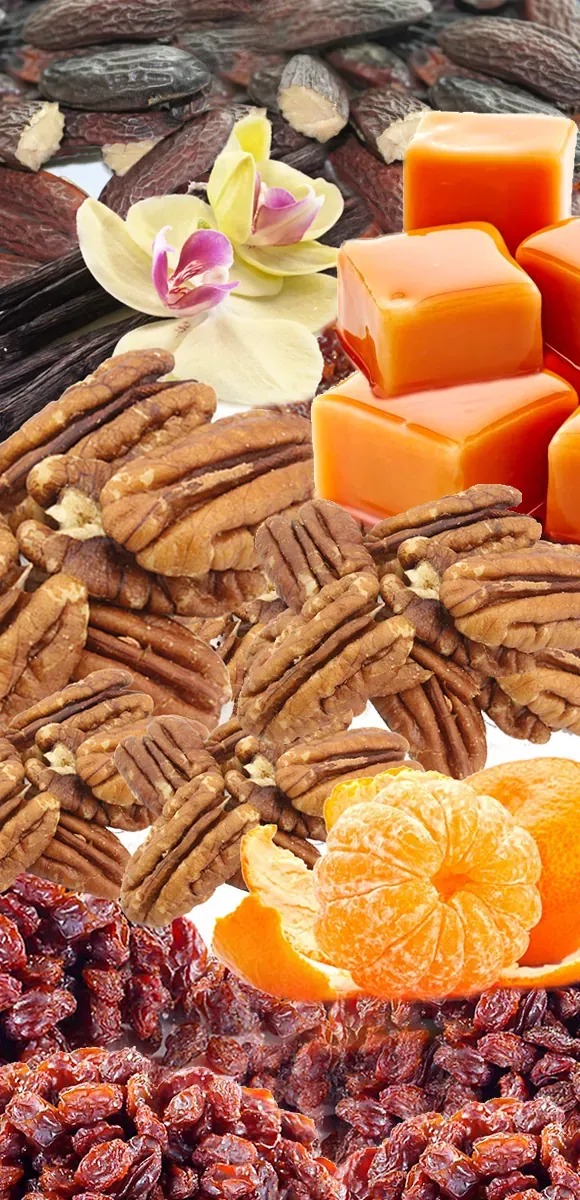
Assessment
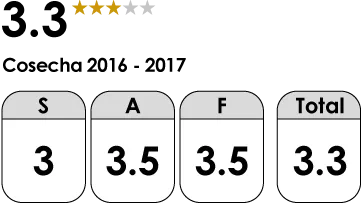
S = Flavor:
MEDIUM Notes of sweetness and fruity flavors
A = Aroma:
MEDIUM Essence of warm desserts and delicacies
F = Fermentation:
MEDIUM Moderate astringency and bitterness
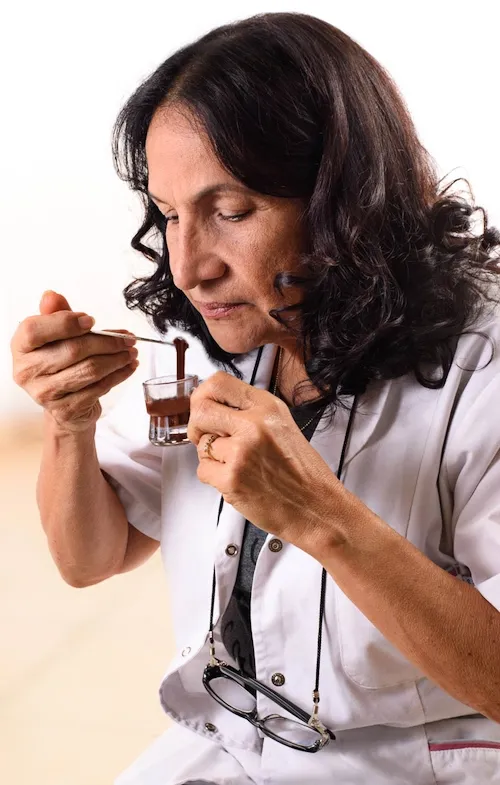
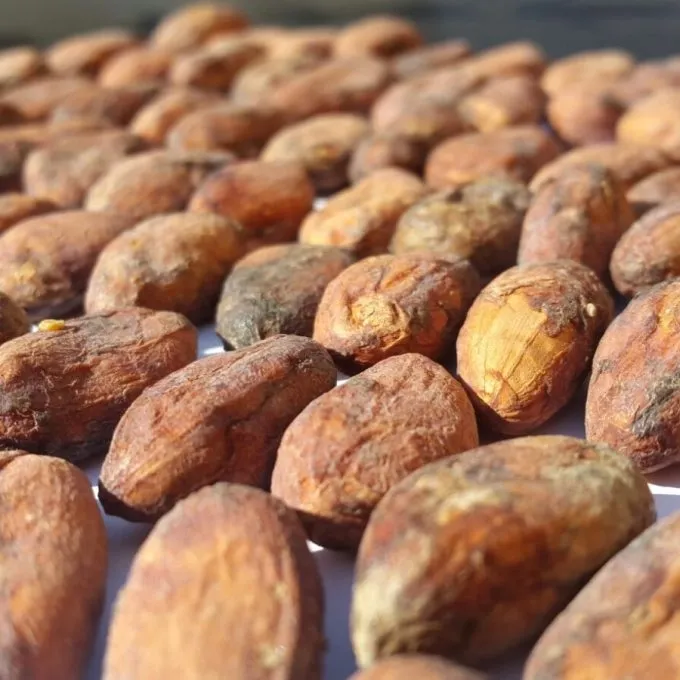
Cut Test Analysis
Shows high trinitario descent with low creole genetics (10% white beans). Cut tests reveal: (±76%) fermented beans, (±12%) violet beans, and (±12%) slate beans.
Weight analysis shows 87 almonds per 100g, each weighing 1.15g.
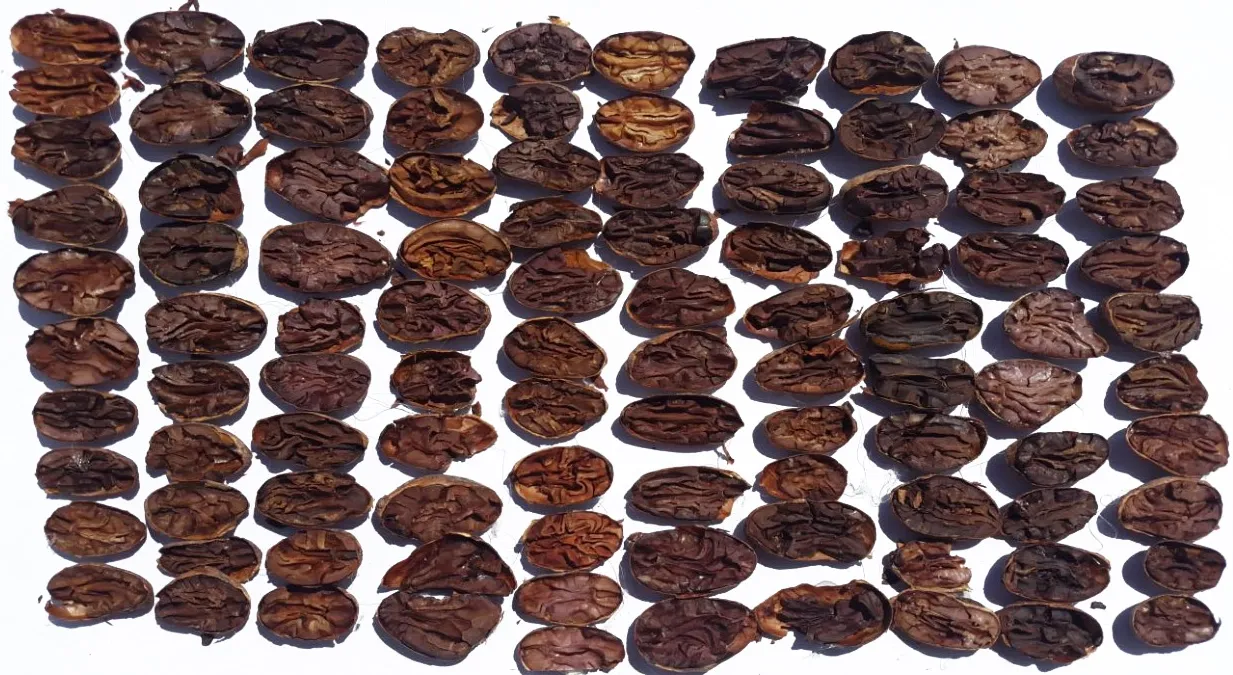
Flavor Map
"The positive characteristic is the sweetness from coffee plants, supporting diverse pollinating insects", stated Eng. Gladys Ramos.
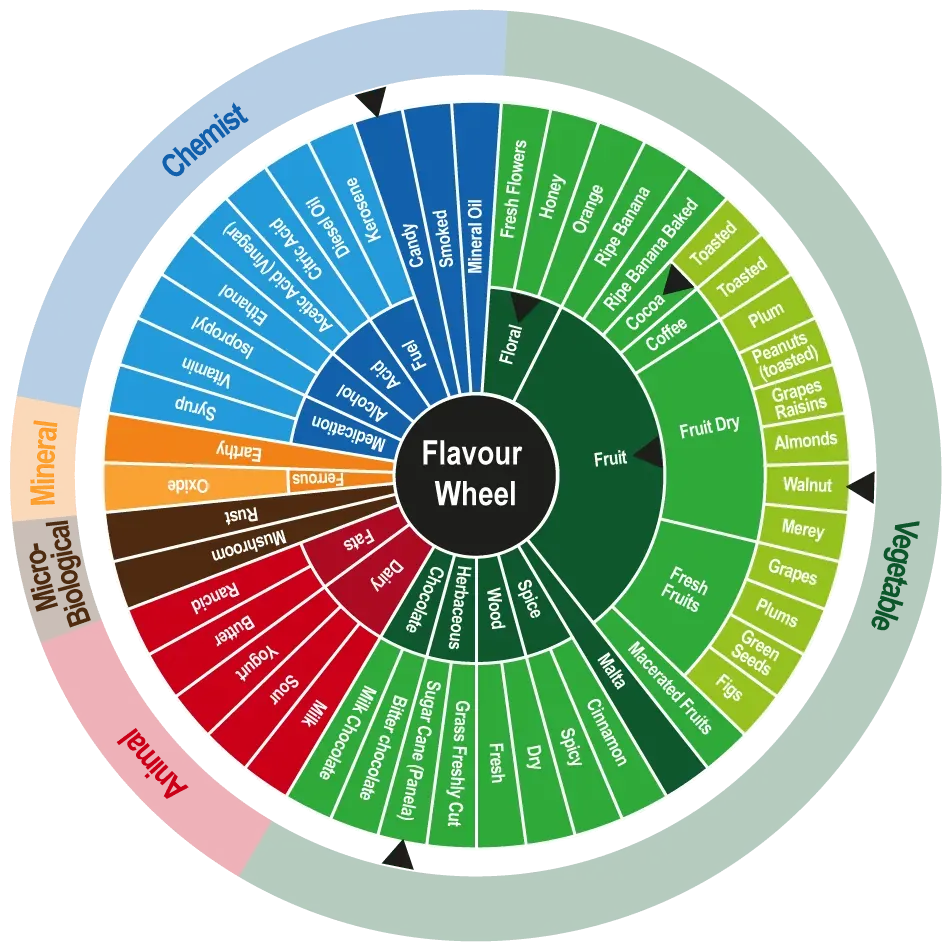
Sensory Map
This cocoa features moderate acidity from fresh fruits combined with sweetness from wildflower honeys and coffee plantations. Its microclimate includes low green forests with seed-dispersing bird fauna.
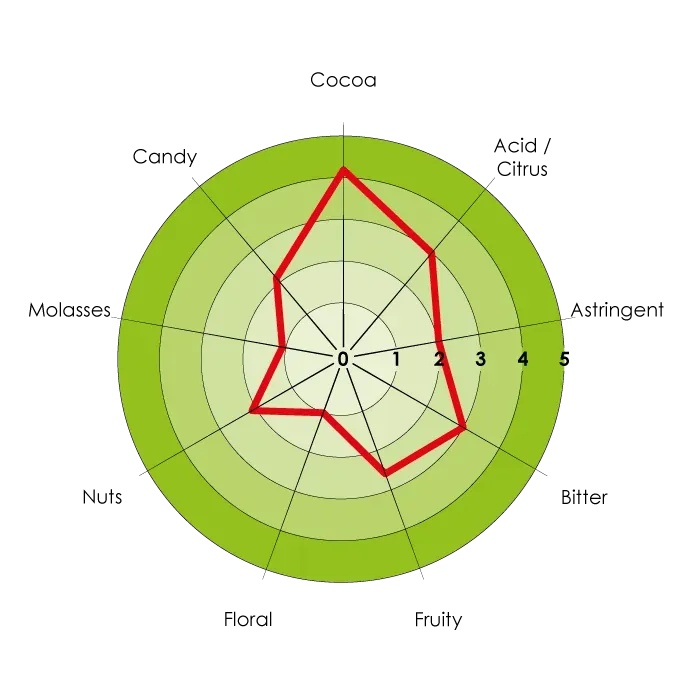
Post-Harvest Processing
Farmers let the harvested cocoa drain in plastic sacks for 12 hours, then take it to the processing plant and empty it into wooden crates.
Fermentation Protocol
Cocoa Type
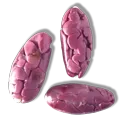
Trinitario
Fermentation Days
5 to 6 days
-
Box type: Wooden
-
Turning frequency: First turn at 48 hours, second at 96 hours, final turn at 120-144 hours
-
Fermentation method: Wooden boxes
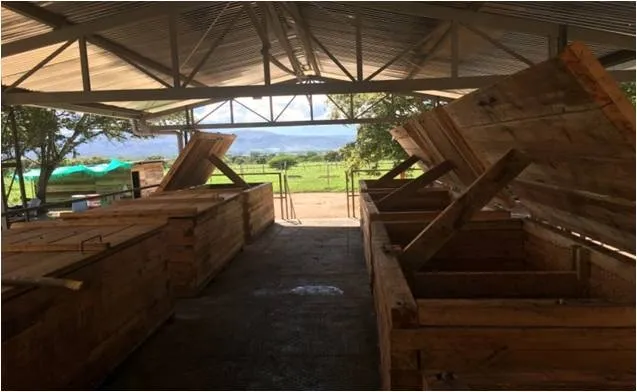
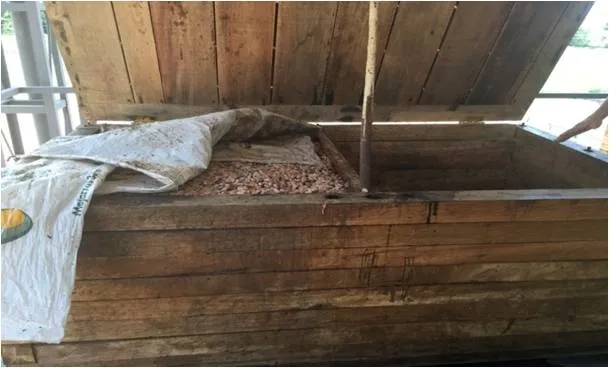
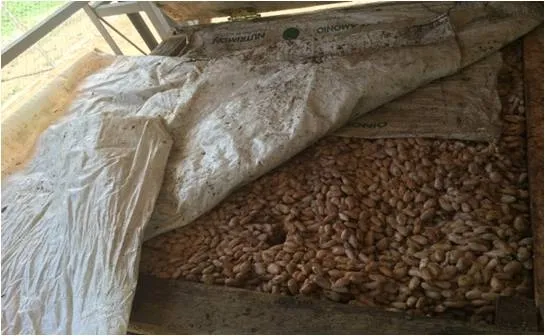
Drying Protocol
Cocoa Type

Trinitario
Drying Days
3 to 4 days
Drying Techniques
-
Floor type: Drying racks
-
Humidity: 7.5% to 8%
-
Drying method: Sun-dried
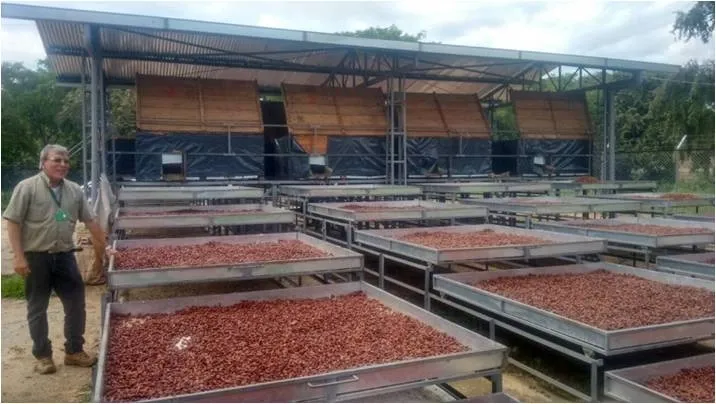
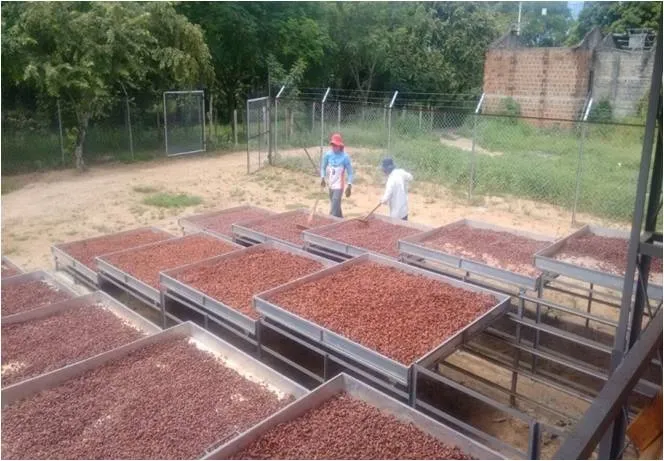
Traceability
certifications and awards
Huila cacao has a silver statuette from the Academy of Chocolate 2016 , represented by Choctree.

Originally 60 producers, the Huila association now has 180 members with 15-20 farmers working at the processing center to modernize cocoa production.
Rivera, Huila has 18,797 residents, mostly in rural middle-class homes across urban and countryside areas.
750 hectares of cocoa plantations produce ~600 TM annually.
Farmers organize through ASOPROCAR (Rivera Cocoa Producers Association), founded October 20, 2001. Members (35-85 years old) passionately produce quality beans while seeking institutional support for plantation improvements.
Association goals include accessing national/international markets to improve members' living standards.
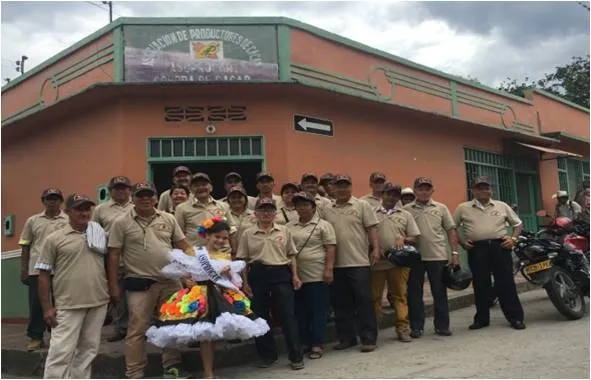
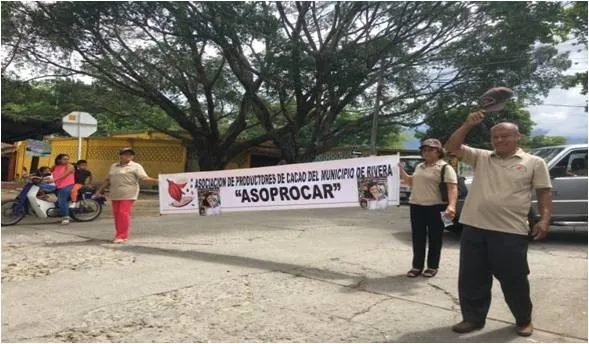

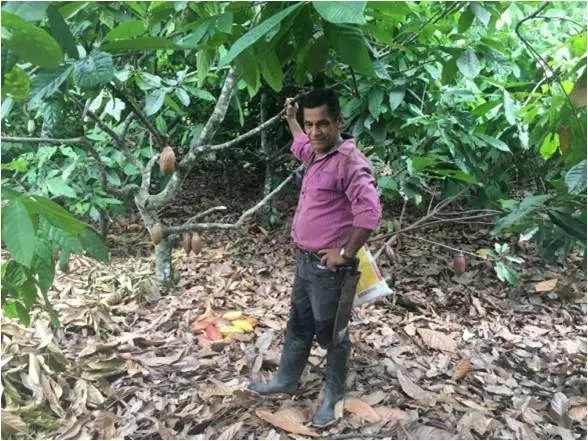
Geographical Location and Ecology
Geographical Location
- Country: Colombia
- State: Huila
- Municipality: Rivera
- Area: 435 km2
- Average Altitude: 442 m.a.s.l.
- GPS Coordinates: 2°46′38″N 75°15′19″W
- Population: 18,797
Located 20km southwest of Neiva (Huila's capital), Rivera spans 435km² with mountainous eastern regions (Eastern Cordillera foothills) and western Magdalena River plains. Features warm, moderate, and cold thermal floors.
Known as "Colombia's Green Municipality". Temperatures range 12-28°C (average 25°C) with 1,000-4,000mm rainfall. Average humidity: 49%.
Ecology
Humidity from varied thermal floors and river systems supports cocoa cultivation.
Consistent rainfall meets crop requirements with moderate humidity ensuring plant health.
15°C thermal amplitude favors storage crops like panela sugarcane.
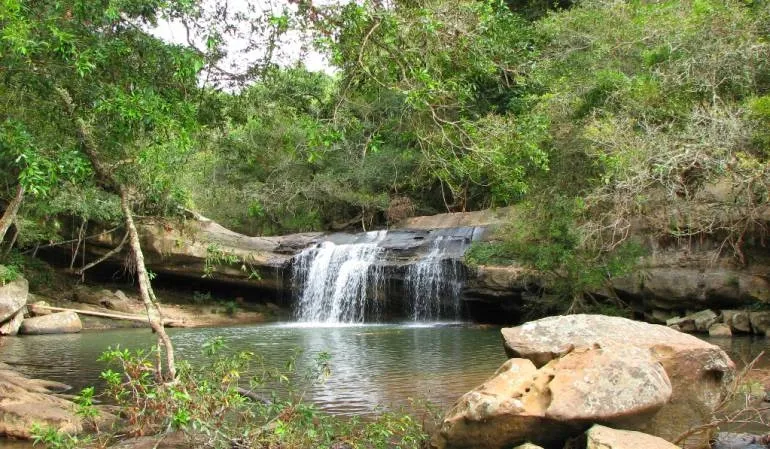
History
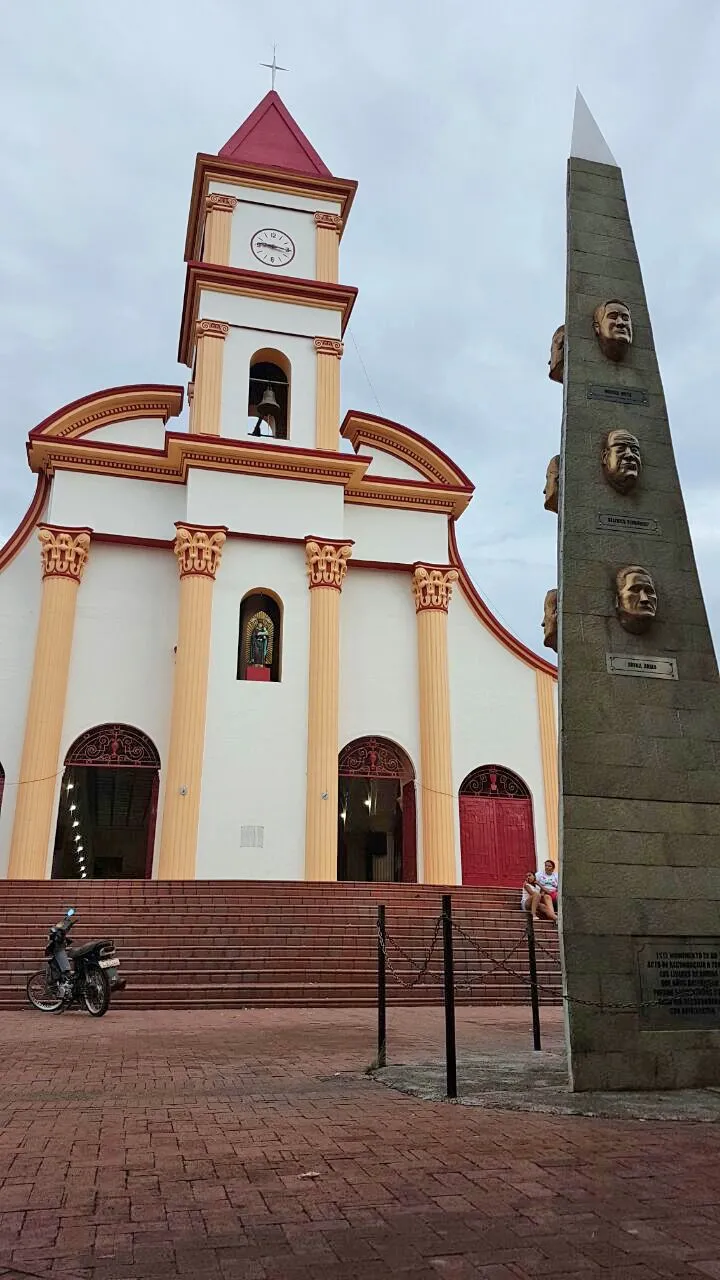
The people of Rivera remember the hue of their beautiful mountains, the endless blue of their sky, and their crystalline waters. They are part of the present and the past, led by the first settlers of the municipality in the 1800s, when their lands had no name, were naive, small, and so humble that they were lost in the height of the mountain. Within it, there were the Tama indigenous people, who were characterized by their belligerence. According to stories from their ancestors, they all fled because they were terrified by the volcano, still supposed to be located in the area of Salado and Aguas Calientes.
Later, in 1888, these inhabitants who came from the mountains joined with some settlers, merchants, and Augustinian missionaries to found San Mateo. As this territory, now known as Rivera Huila, was first called.
It was in 1943 that the founding of San Mateo was declared as a municipality, which would later be named Rivera, in honor of the author of La Vorágine.
Despite the fact that Rivera is located in a conflict zone and has experienced some violent events such as those caused by the Bogotazo, the attempted takeover by the guerrillas on August 13, 1987, the assassinations of some municipal leaders and politicians, including the massacre of the council members, among others, Rivera lives peacefully, knowing that these outbreaks of violence have been isolated.
Day after day, the people of Rivera are optimistic and dream of a better future for their people and are proud of the land where they were born.

